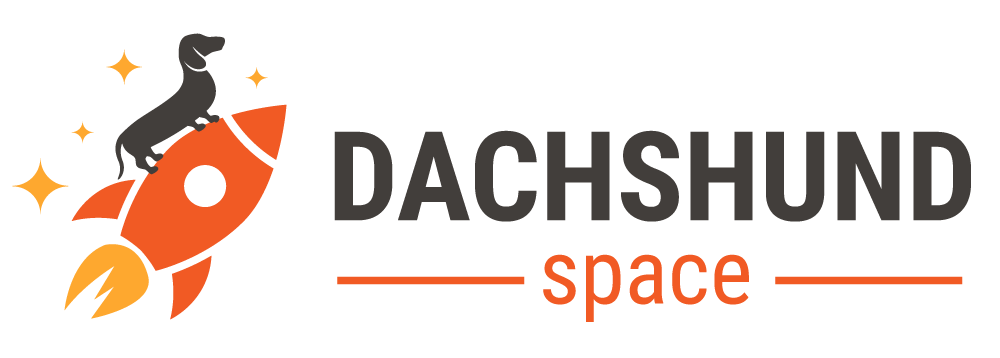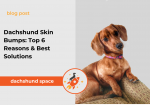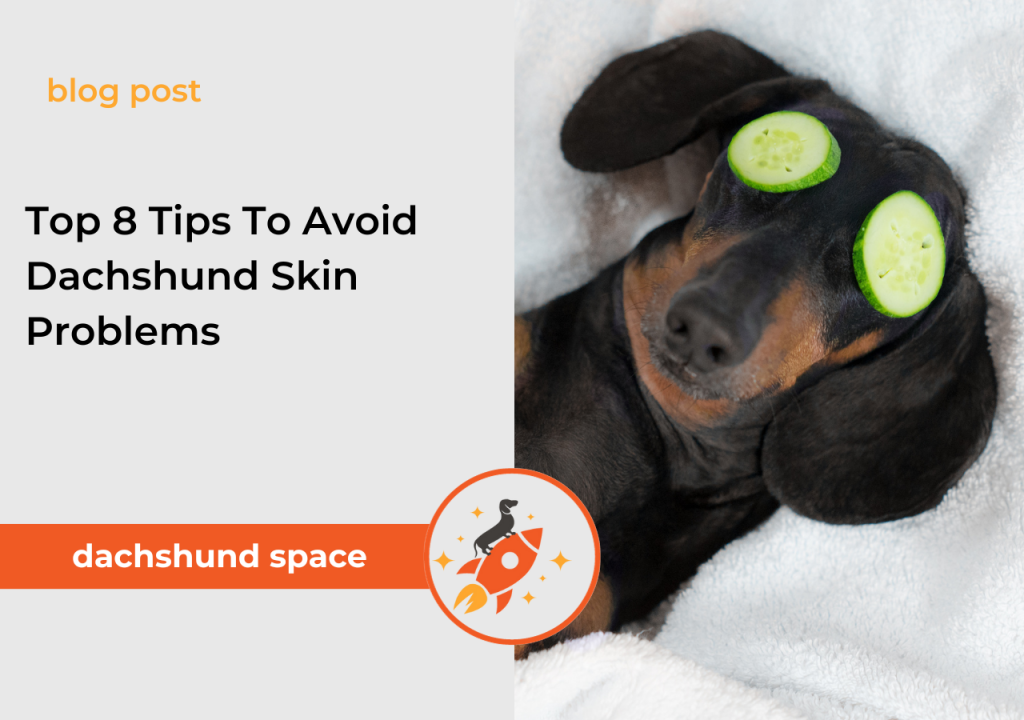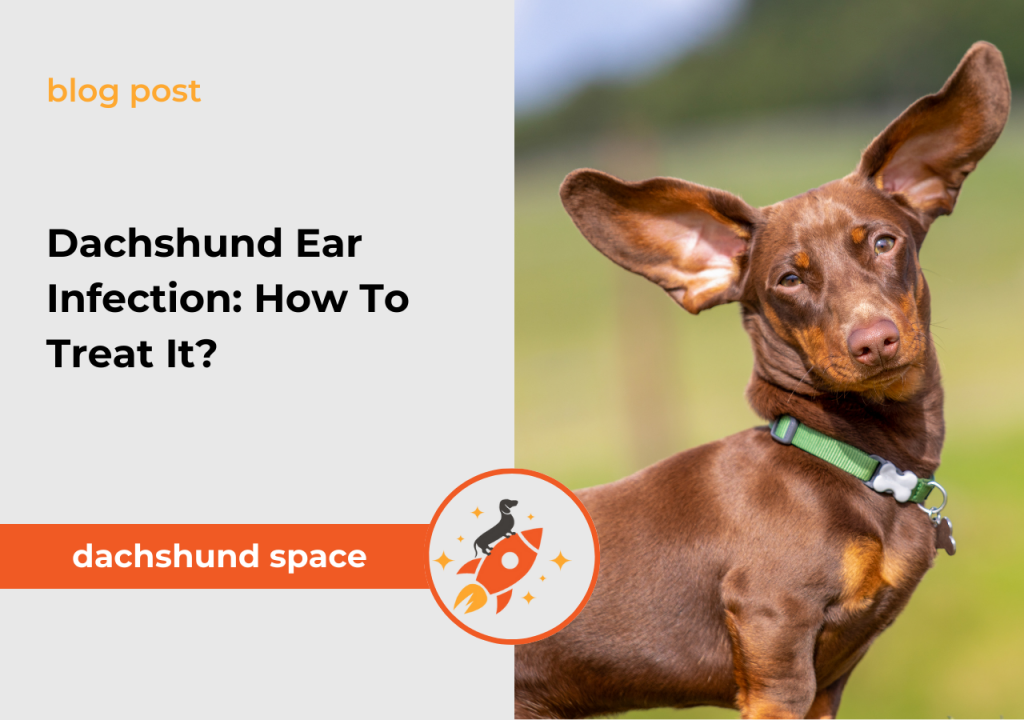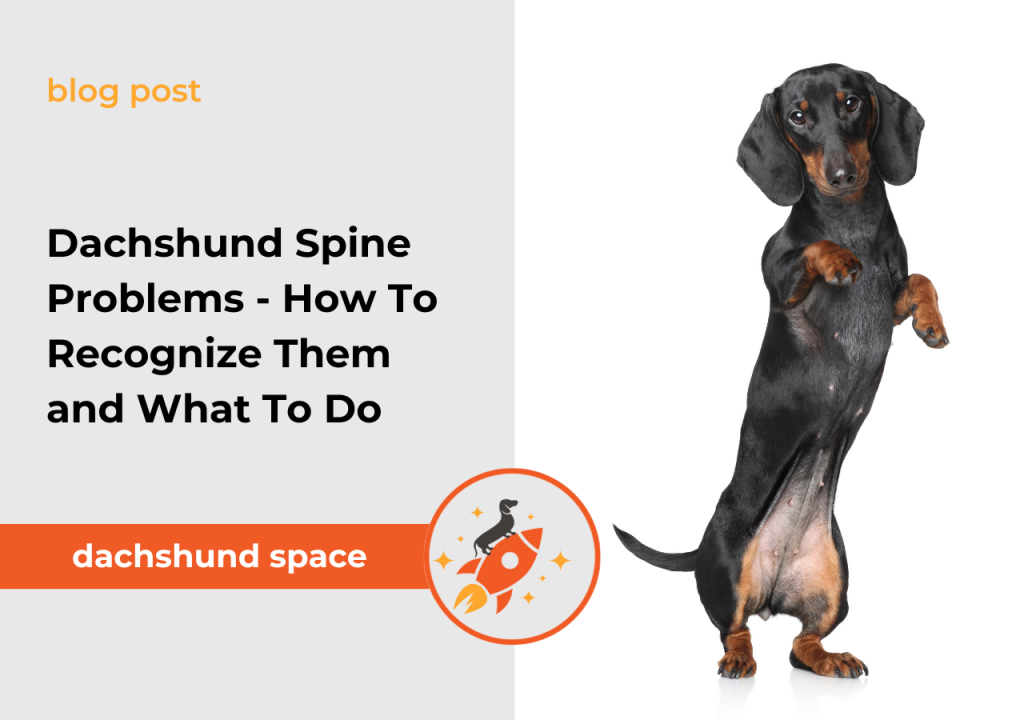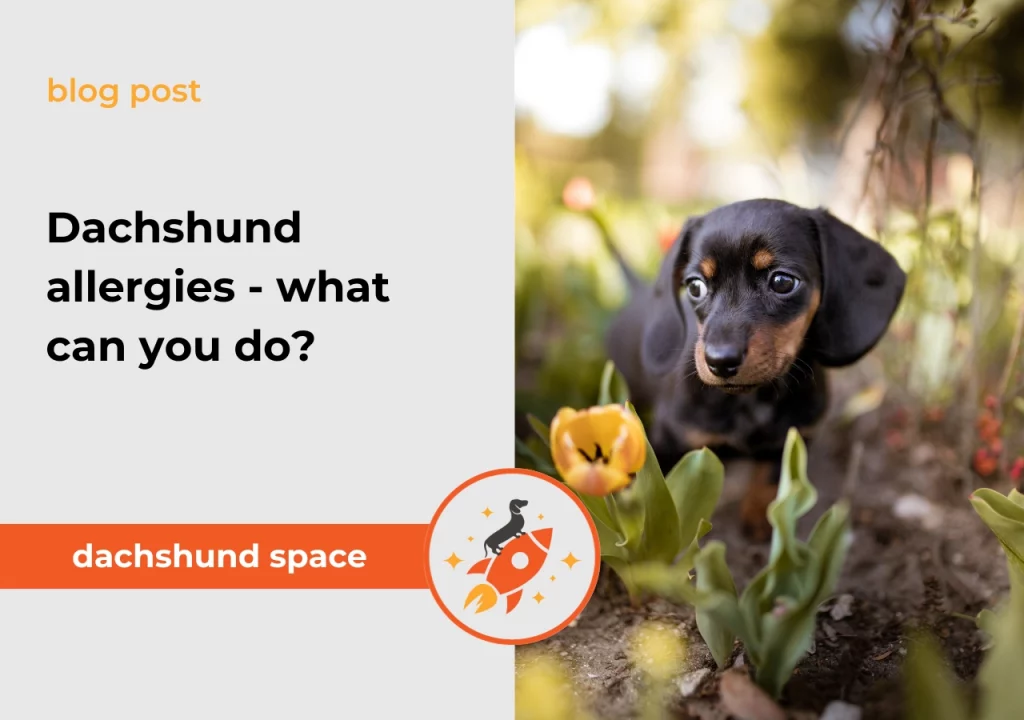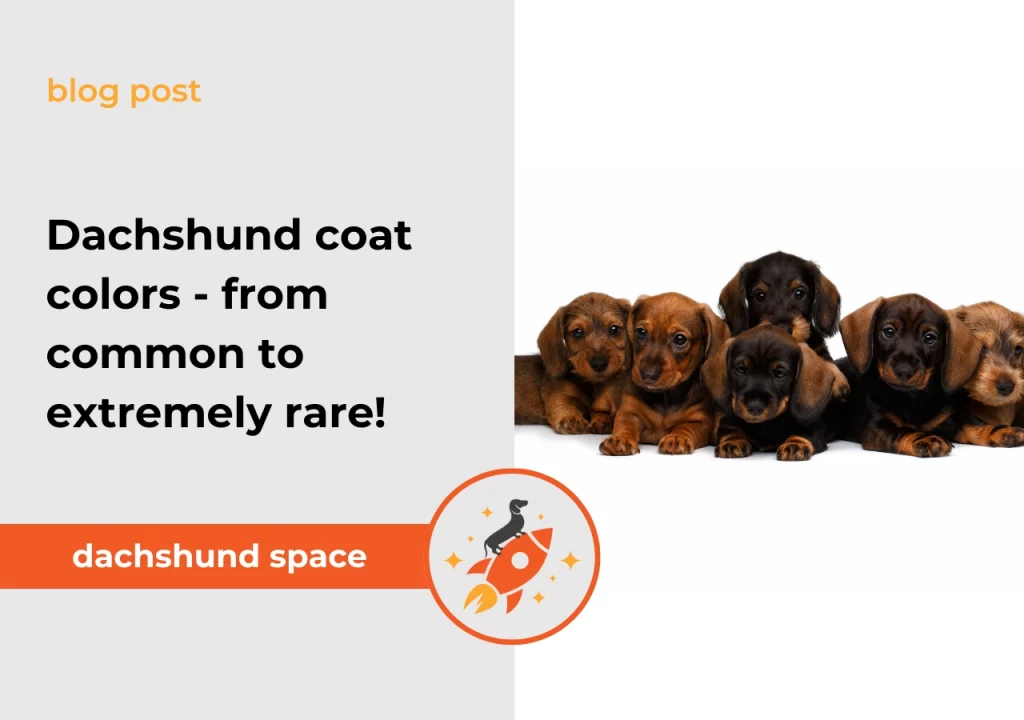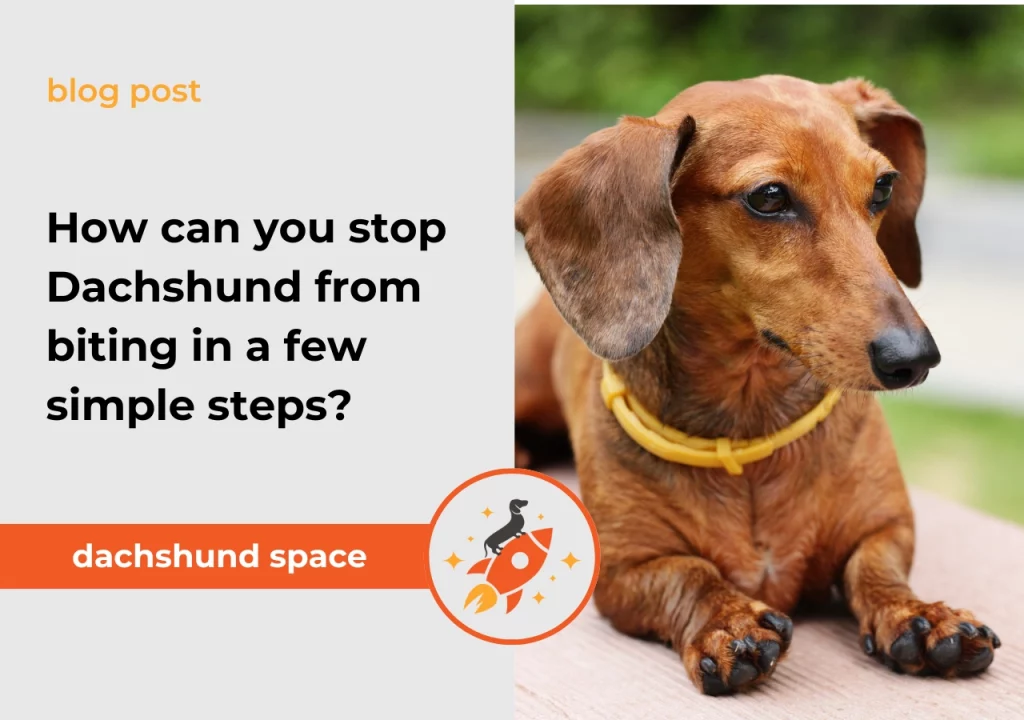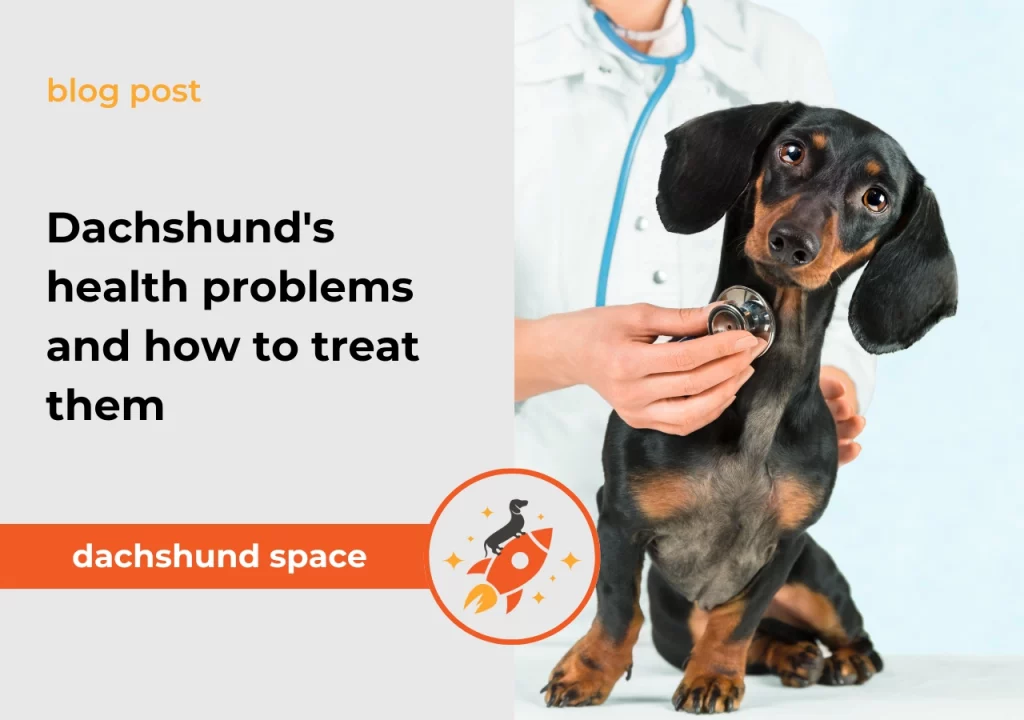Have you ever noticed small bumps on your Dachshund’s skin and wondered what they are? Just like when you get a boo-boo or a mosquito bite, dachshunds can get little bumps too. Dachshund skin bumps not only look scary but they can also grow into a bigger problem if you leave them untreated.
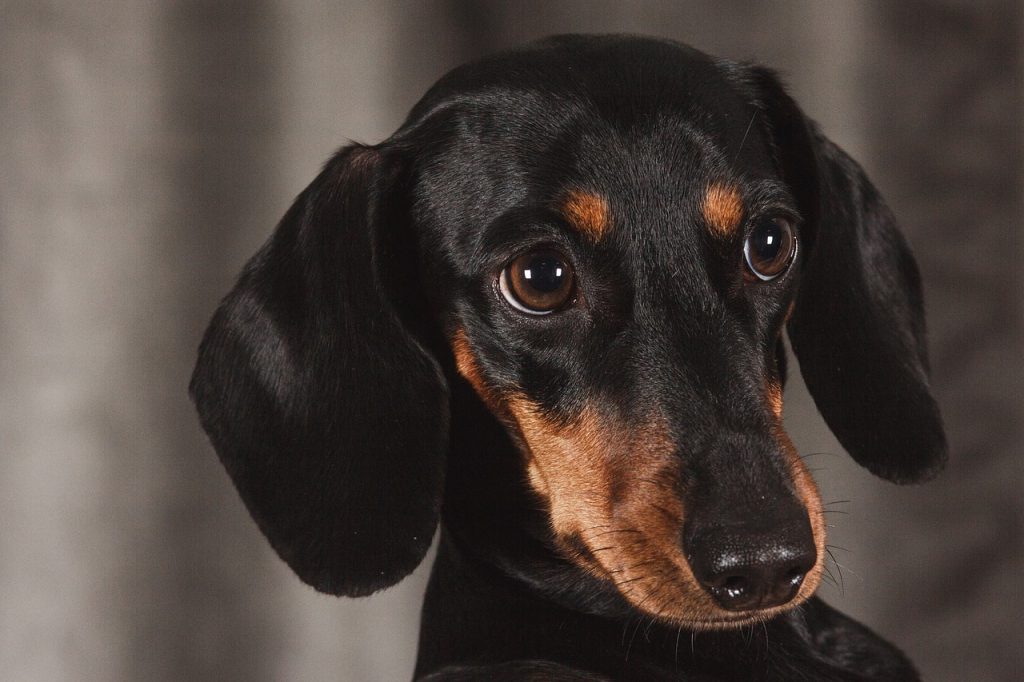
What Causes Those Dachshund Skin Bumps?
You’re probably wondering why your adorable dachshund has those worrying and awful-looking red bumps on their chest. Well, there are several possible reasons, and we’re here to shed light on them. Unfortunately, those Dachshund skin bumps can be quite itchy, so that’s why it’s important to react quickly. Just imagine how would you feel to deal with something similar on your skin.
Allergies in Dachshunds: A Common Culprit
Just like humans, dachshunds can suffer from allergies. These allergies might be triggered by certain foods, pollen, or even environmental factors. When your pup’s immune system reacts to these allergens, it can result in red, itchy bumps on their chest.
Heat Rash: Blame It on the Weather
Dachshunds have sensitive skin, and hot weather can be tough on them. If your furry friend has been walking in the sun, those red bumps could be a result of heat rash. The heat causes their sweat glands to become blocked, leading to these uncomfortable eruptions.
As we all know, dogs can regulate their body temperature only through their paw pads. Unlike humans who sweat all over their bodies, Doxies can sweat only throught their paw pads.
That’s why it’s very important to avoid walks in the hottest part of the day. Otherwise, Dachshund skin bumps can occur. That’s a normal body reaction to excessive heat and walking on hot grounds.
Note that these cute fellows have short legs, so their bellies are closer to the ground. Therefore, exactly this feature can make them prone to skin bumps.
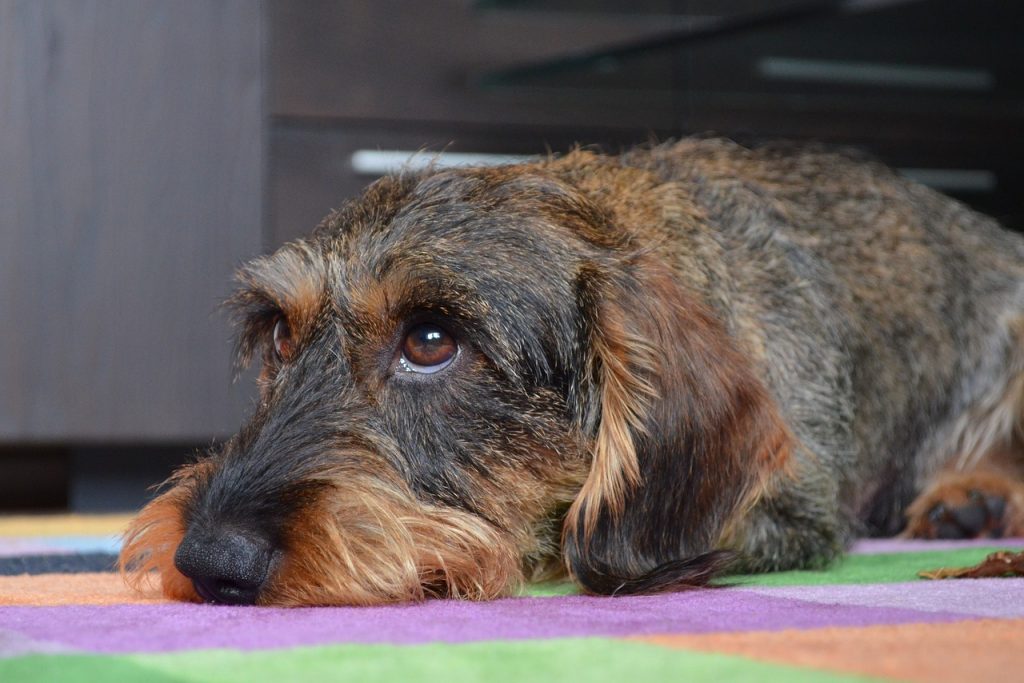
Infections: The Sneaky Intruders
Infections, whether bacterial or fungal, can invade your dachshund’s skin. If left untreated, they can lead to red bumps on the chest and discomfort for your pup. A Dachshund who deals with itchy red bumps on the chest will rub their belly onto the ground to feel relief.
However, such behavior can lead to micro cracks on your Dachshund skin bumps, so they represent a perfect place for bacteria growth.
Bug Bites: The Leading Reason For Dachshund Skin Bumps
Imagine tiny, pesky insects feasting on your dachshund’s skin. Well, that’s what happens when your pup becomes a magnet for bug bites. These bites can cause redness, swelling, and those bumps on your Doxie’s chest.
Whether we talk about mosquitoes, ticks, fleas or some other insects, all of them can cause Dachsund skin bumps. However, fleas and ticks are often the most common culprits. As your dog loves to roll in the grass (as any other dog out there), he can pick up the nasty ticks or even fleas.
So, as soon as you notice some bumps on your Dachshund’s chest, make sure you check for these insects.
Skin Conditions: Chronic Troublemakers
Some dachshunds are prone to chronic skin conditions like dermatitis. These persistent issues can manifest as red bumps on the chest and require consistent care and attention.
Once your dog develops dermatitis, he/she can continue suffering from it throughout his/her lifetime. According to statistics, dermatitis in Doxies can be kept under control by changing their diet and life habits.
Doxies usually start suffering from dermatitis due to weakened immunity. Therefore, switching them to a raw diet or carefully choosing the dry kibble food brand can help a lot. In case your Doxie suffers from contact dermatitis, then make sure you don’t clean your floors with chemicals and use only sensitive laundry detergent.
Grooming Mishaps: Oops, You Did It!
Have you recently groomed your dachshund? Sometimes, grooming mishaps, like using harsh shampoos or over-clipping, can irritate your pup’s skin, leading to red bumps.
In case you’re not sure what would be a good shampoo for your Doxie, we recommend you take a look at the Natural Dachshund Shower Gel. It features only natural ingredients, leaving your Doxie’s coat smell fresh. Since dogs have different pH skin values from humans, using baby shampoos or shampoos for humans is strictly forbidden.
That’s how your Doxie’s skin can become itchy, and more susceptible to allergies.
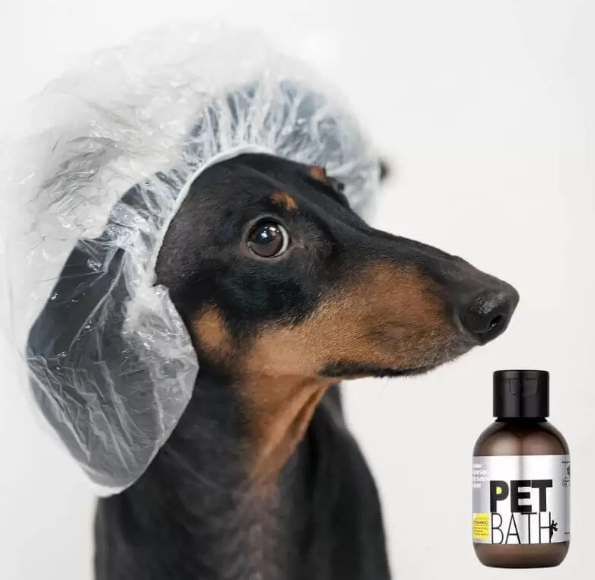
Another shampoo for Dachshunds that’s worth mentioning is 2-in-1 Shampoo and Conditioner for Dachshunds. If you’re the owner of a long-haired or wire-haired Dachshund, then this shampoo will be a life-savior thing. It features a conditioner in the same bottle, so you won’t deal with knots after baths.
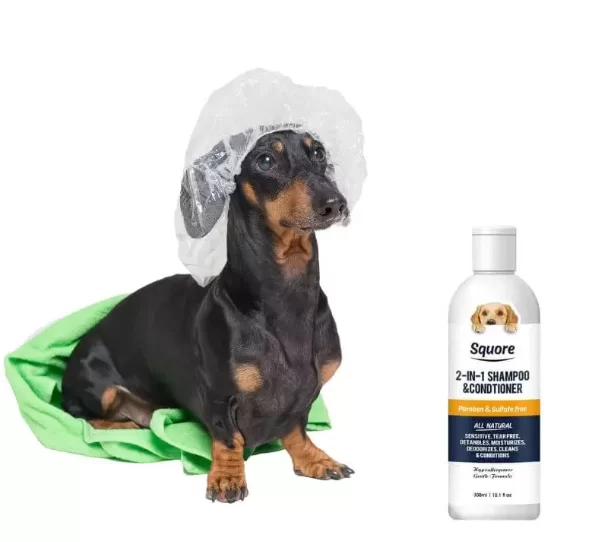
In case you want to keep your Doxie clean and fresh between baths, then you gotta take a look at our Dachshund Dry Shampoo. Thanks to its antibacterial effect and fresh scent, your furry friend will stay clean between baths.
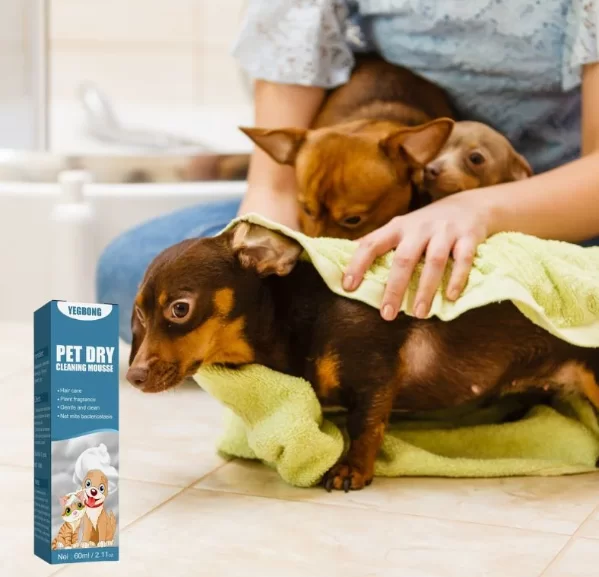
Remedies and Solutions For Treating Dachshund Skin Bumps
Now that we’ve uncovered the reasons behind those dachshund skin bumps, let’s explore some remedies and solutions to help your furry friend find relief.
1. Consult Your Vet
If you’re unsure about the cause of the red Dachshund skin bumps, or if they persist or worsen, it’s essential to consult your veterinarian. They can diagnose the issue and provide appropriate treatment options.
2. Avoid Popping the Bumps
Resist the temptation to pop or squeeze those bumps. Doing so may lead to infection or worsen the condition. Let a professional, like your vet, handle any necessary procedures.
3. Keep Your Dachshund Cool
If heat rash is the culprit, ensure your dachshund stays cool and well-hydrated. Provide shade and limit outdoor playtime during scorching weather. You can also wrap your Doxie in a wet cotton band to give him/her a cooling relief.
4. Address Allergies
If allergies are to blame, work with your vet to identify the allergen and adjust your dachshund’s diet or environment accordingly. Medications or allergy shots may be recommended.
5. Maintain a Clean Environment
Regularly clean and groom your dachshund to prevent skin issues caused by dirt and debris. Use gentle, dog-specific shampoos and avoid over-bathing. When bathing your Dachshund, make sure you use dog-safe shampoos.
6. Treat Infections
If an infection is diagnosed, follow your vet’s prescribed treatment plan diligently. Antibiotics or antifungal medications may be necessary.
7. Prevent Bug Bites
Use dog-friendly insect repellents such as spray oils or protective collars. Ensure your dachshund’s living area is free from potential bug hideouts.
8. Provide Skin Supplements
Consider adding skin supplements, such as omega-3 fatty acids, to your dachshund’s diet to promote healthy skin.
9. Invest in Proper Grooming Tools
To prevent grooming mishaps, invest in high-quality grooming tools. Depending on the type of Doxie you own, you should choose different grooming tools for your pup. Choose between grooming gloves, brushes with needle pins or silicone pins.
What If My Dachshund Keeps Scratching?
If your dachshund is constantly scratching, it’s a sign of an underlying condition. Consult your vet to identify the underlying cause and provide relief through appropriate treatment.
Are Skin Bumps On My Dachshund Contagious to Other Dogs?
In most cases, these red bumps are not contagious to other dogs. However, if the cause is an infectious agent, it’s essential to keep your dachshund separated from other pets until the issue is resolved.
READ ALSO: Dachshund Ear Infection: How To Treat It?
Those red bumps on your dachshund’s chest may seem alarming, but with the right knowledge and care, you can help your furry companion find relief. Remember to consult your vet for a proper diagnosis and follow the recommended remedies and solutions to ensure your dachshund stays happy, healthy, and bump-free!
